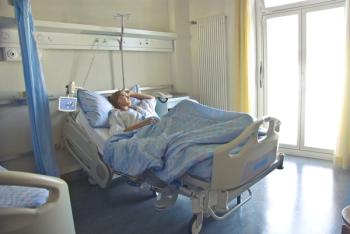
Increased hospitalization risk was driven mainly by the high burden of comorbidities in both groups.

Increased hospitalization risk was driven mainly by the high burden of comorbidities in both groups.
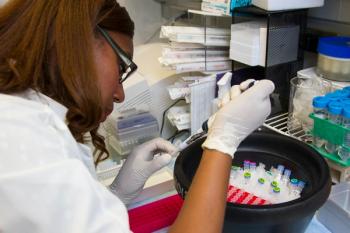
Change was associated with risk factors that have not been reported like chronic lung disease.

Merck’s islatravir subdermal implant demonstrated it achieved active drug concentrations above the pre-specified pharmacokinetics (pk) threshold at 12 weeks across three doses.
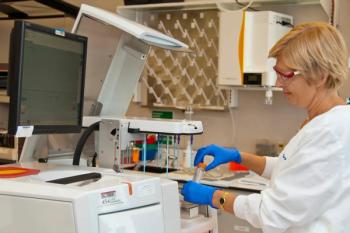
People with HIV had similar control of most conditions except for triglycerides.
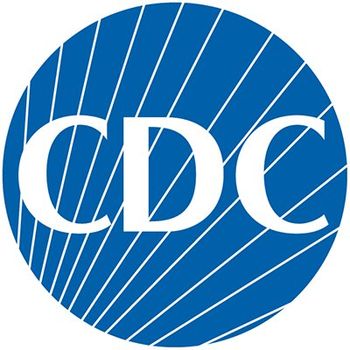
Though small in scale and still cautious, the new advisory reflects confidence in SARS-CoV-2 mitigation among a more vaccinated population.

Investigators examined outcomes of privileged US citizens and compared them to those health outcomes of average residents in other developed countries.

While the world’s focus remains on COVID-19, beyond this ongoing crisis lingers another that requires leadership, innovation, and collaboration from policy makers, the health care community, and the private sector.

Windtree Therapeutics is in a phase 2 clinical trial for its investigational therapy, Lucinactant, which produces a synthetic surfactant being studied for acute lung injury in patients with COVID-19 and acute respiratory distress syndrome (ARDS).

A discussion on the pros and cons of frequent, rapid testing in the community.

Cue Health's test is over the counter (OTC) and can be utilized at home.
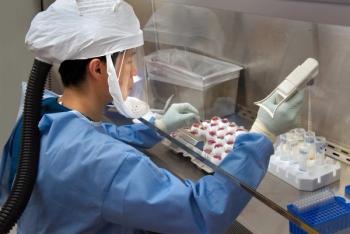
Molecular tools like RNA-activated RNases could be a potential new paradigm for therapeutics.

The Luminex test will be able to detect influenza and COVID-19.

One month after the Food and Drug Administration (FDA) approval of monthly rilpivirine/cabotegravir (Cabenuva) for HIV, Janssen has submitted evidence of efficacy with dosing every 2 months.
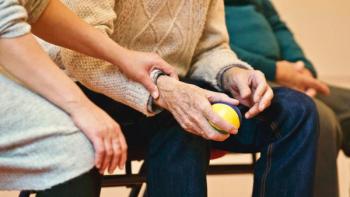
By integrating genomic and temporal data, 409 viral clusters within 292 care homes were identified.

Neurotropic capacities of SARS-CoV-2 makes it a potent factor to cause acute and late neurological effects.
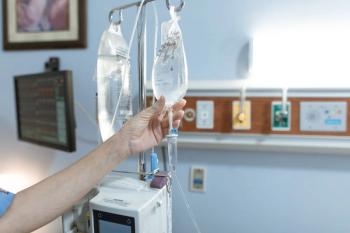
The findings underscore the connection between COVID-19 and the increased risk from obesity.
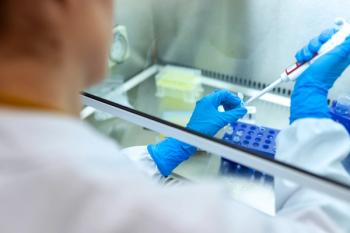
Investigators have discovered active substances that can block the replication of coronavirus and may create a pathway for new therapies.
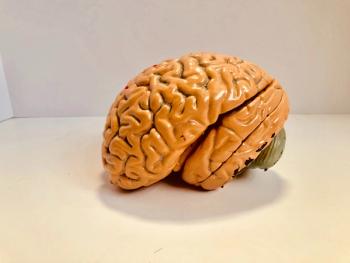
A review of emergency room records showed a very small percentage of patients had acute ischemic strokes, but for those who did, there was an increased risk of requiring long-term care after hospital discharge.
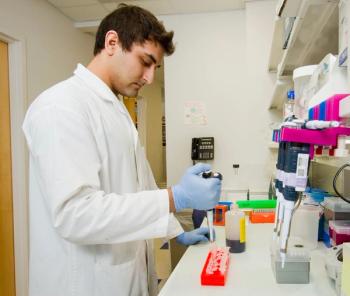
Cells reactive to SARS-CoV-2 peptide pools were found in all anti-NP IgG–positive individuals.
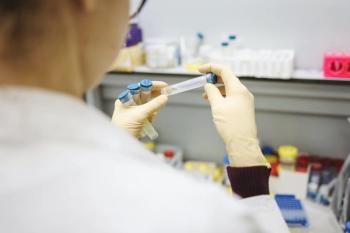
Novel positive controls offer several advantages over the ones currently used in COVID-19 testing.
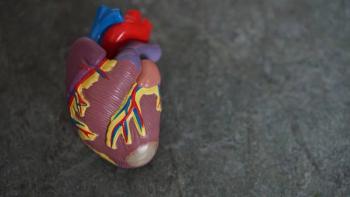
SARS-CoV-2 infects cardiomyocytes through an ACE2 and endosomal inflammatory infiltrate.

NeuroRx announced results from its phase 2b/3 trial for its investigational therapy, aviptadil, in patients with severe COVID-19.
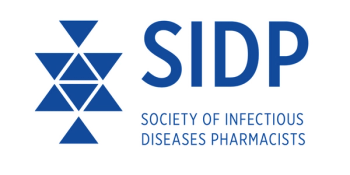
How pharmacists can use shared decision-making to improve antibiotic use.
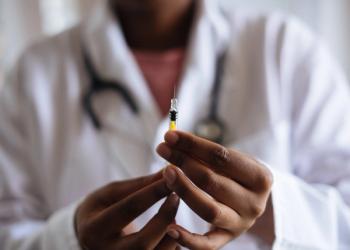
The statement comes on the same day as a rare production agreement between pharmaceutical rivals, and Texas' announced lift of spread mitigation measures.
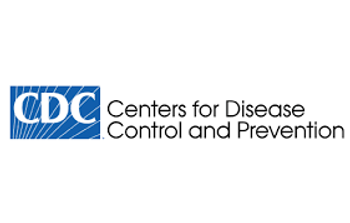
The committee encourages those eligible to receive the vaccine when available to them.
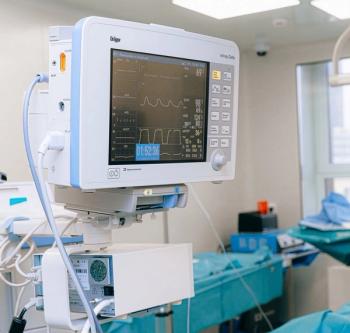
SARS-CoV-2 infection is known to result in a number of extrapulmonary manifestations.

Investigational therapy, ibrexafungerp, from Scynexis is being studied for fungal infections and is moving closer towards a goal of FDA approval later this year.

The Biden Administration is set to announce the deal officially about a partnership for the biopharmaceutical companies today.
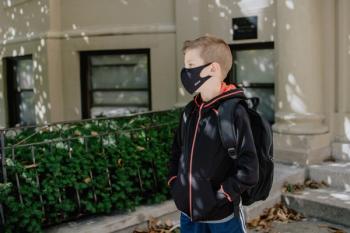
A research team recently sought to address this by assessing SARS-CoV-2 positivity in students on or after 9 days after an exposure.